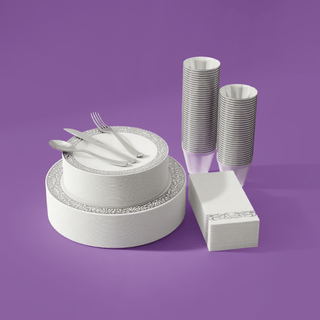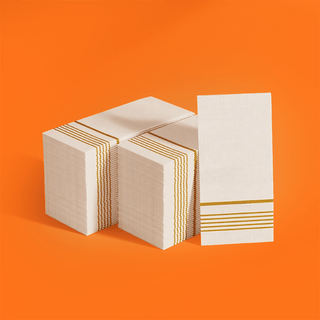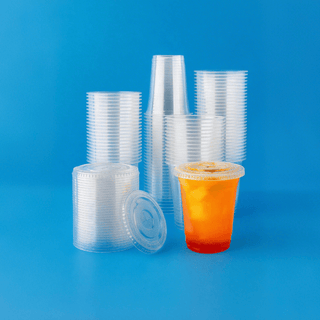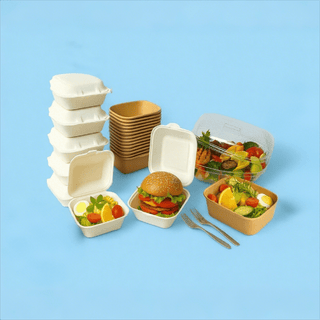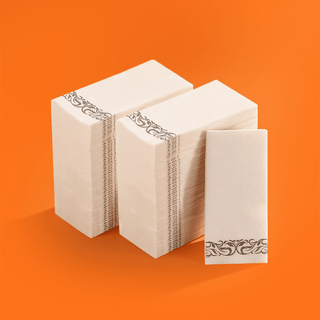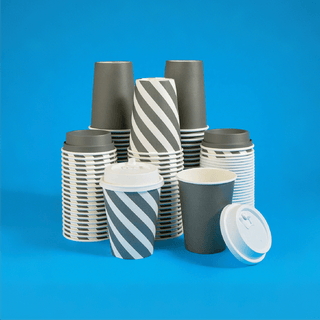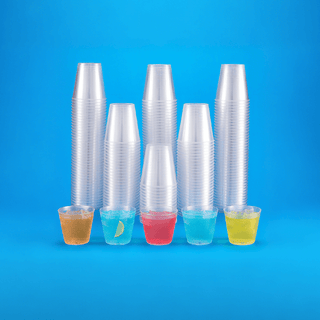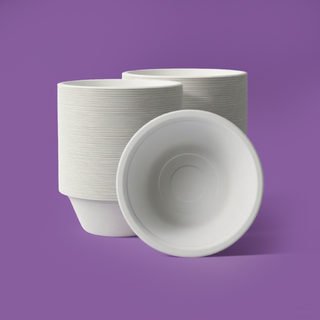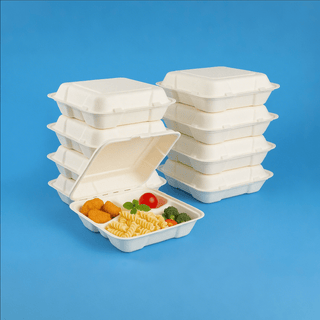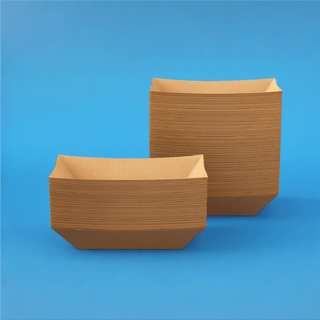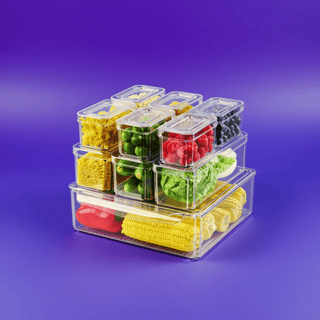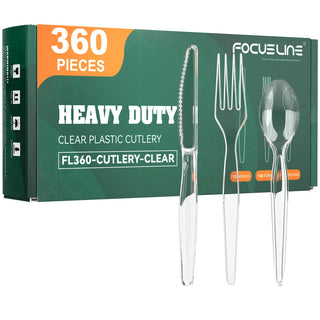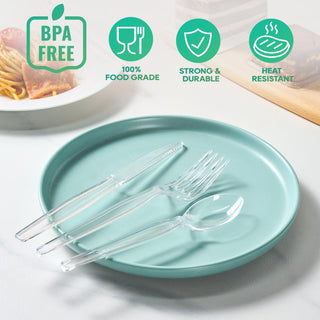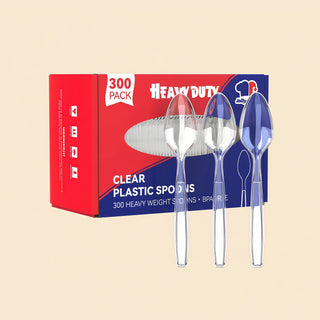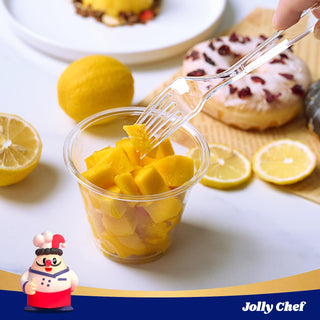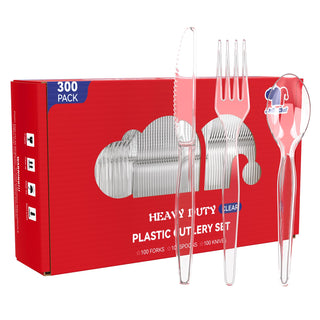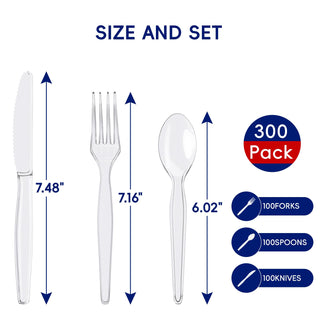
Spoon Evolution 2025
\The simple plastic spoon appears everywhere. This convenience, however, creates serious plastic pollution for the environment.
Food containers and plastic cutlery account for nearly 10% of all ocean plastic.
This plastic problem pushes innovation toward better alternatives. The year 2025 marks a shift to sustainable alternatives, like new Plastic Plates, which help protect the environment. These innovative plastic alternatives are becoming mainstream.
Key Takeaways
-
Plastic spoons became popular for convenience but caused a big pollution problem.
-
Single-use plastic spoons harm the environment and animals, and they stay in landfills for a very long time.
-
Reusable plastic items help reduce waste because people can use them many times.
-
New materials like plant-based plastics and edible spoons offer better choices for the environment.
-
By 2025, people will use more sustainable options to protect the planet from plastic waste.
The Rise of The Plastic Spoon
The story of the plastic spoon begins in the mid-20th century. This era marked a significant shift in manufacturing and consumer habits. The invention of plastic cutlery offered a new level of ease to the public.
A Symbol of Convenience
Plastic utensils first appeared in the 1940s. Mass production of plastic cutlery began in the 1950s. Companies saw a huge opportunity in this new material. Major producers of the raw plastic resins included:
-
Dow Chemicals
-
ExxonMobil
-
DuPont
-
BASF
These companies fueled the growth of the plastic industry. Manufacturing items from plastic was faster and more profitable than using traditional materials. This efficiency made the plastic spoon an instant success. It quickly became a staple in fast-food restaurants, school cafeterias, and homes. The low cost and durability of plastic made it an attractive choice for everyone.
By the 60’s, plastic had replaced other materials in the kitchen like wood, metal, and glass. Families saw the benefits of plastic tableware. Several companies began to make kitchen products that didn’t break easily, were easy to clean, came in beautiful colors, and at an affordable cost.
The Problem with Single-Use Culture
The convenience of disposable plastic spoons created a new problem: a throwaway culture. People loved the idea of using an item once and then discarding it. This single-use mindset eliminated the need for washing dishes. It saved water, electricity, and labor. This convenience, however, encouraged a widespread throwaway culture.
The single-use nature of plastic cutlery meant that billions of items ended up in the trash. This growing mountain of plastic waste began to strain landfills. The very features that made plastic so popular—its durability and low cost—also made it a lasting environmental threat. The world embraced the convenience of plastic without considering the long-term consequences.
The Hidden Cost: Environmental Consequences
The convenience of single-use plastic cutlery comes with severe environmental consequences. Americans alone discard an estimated 100 million plastic utensils every day. This staggering amount of waste creates a massive pollution problem for the planet. The journey of a disposable plastic spoon from a user's hand to the environment reveals a dark and damaging cycle. This cycle has a profound environmental impact that lasts for centuries. The true cost of these items is measured in the long-term harm to our ecosystems.
From Landfill to Ocean
Most plastic cutlery begins its journey to the environment in a trash can. From there, it travels to landfills. The impact on landfills is immense. Disposable spoons, often made from polypropylene or polystyrene, are not biodegradable. This plastic spoon waste persists in the environment for centuries. Plastic plates and cutlery can take several hundred to a thousand years to decompose in landfills. This long lifespan contributes significantly to the overflow of waste in our landfills.
The problem does not end at the landfill gate. Plastic waste often escapes.
Wind and rain carry lightweight plastic cutlery from overflowing bins and landfills into the streets. Rainwater then washes this waste into storm drains. These drains often flow directly into local waterways, acting as highways for pollution.
Once in rivers, the plastic cutlery travels for miles. These waterways eventually carry the waste into the ocean. There, it joins massive patches of floating plastic debris, harming marine life and marine ecosystems. This journey shows how a simple piece of plastic cutlery can become a global pollution issue, affecting both land and marine environments. The accumulation of this waste in waterways is a critical problem.
Impact of Single-Use Plastic Utensils
The impact of single-use plastic utensils extends far beyond visible litter. In landfills, the slow breakdown of plastic cutlery releases harmful toxins. These chemicals seep into the soil and groundwater, creating long-term pollution. This process contaminates the very environment we depend on. The sheer volume of plastic cutlery creates enormous pressure on waste management systems and contributes to waste and emissions. The impact on landfills is a growing crisis.
Furthermore, single-use plastic utensils can pose direct health risks. Many types of plastic contain chemical additives. These substances can leach into food, especially when exposed to heat.
Some of these harmful chemicals include:
-
Phthalates: These chemicals make plastic softer. They can disrupt hormones like estrogen and testosterone in the human body.
-
Bisphenols (BPA): This chemical is used to make hard, shatterproof plastic. It can mimic hormones and interfere with bodily functions.
-
PFAS: These substances make products grease-resistant. They can also affect the body's hormones.
Over time, all plastic breaks down into smaller and smaller pieces called microplastics. This breakdown of single-use plastic utensils releases countless tiny particles into the soil, waterways, and marine ecosystems. Animals often mistake these particles for food. This introduces plastic into the food chain, affecting wildlife and potentially humans. The widespread presence of single-use plastic utensils generates significant waste and emissions, fueling a global pollution crisis with far-reaching environmental consequences. The management of this plastic waste and emissions is a major challenge for the environment. The constant flow of plastic waste and emissions from single-use items demands immediate attention.
A PRACTICAL SHIFT: REUSABLE PLASTICS
The fight against plastic waste requires practical solutions. High-quality, reusable plastic offers a responsible middle ground. This approach moves away from the throwaway model of single-use items. It provides a durable alternative that significantly reduces waste. Companies are now creating innovative reusable utensils that combine function with style. These products challenge the idea that convenience must create pollution. Using sturdy reusable utensils is a key step in reducing our reliance on disposable plastic cutlery.
Jolly Chef's Elegant Solution
Jolly Chef provides an elegant answer to the problem of single-use plastic cutlery. The brand offers products that bridge the gap between convenience and sustainability. A prime example is the "2oz/ 3oz Square Plastic Dessert Cups with Spoons." These sets are designed for events where presentation matters. They offer the convenience of plastic without the immediate waste of single-use options. This solution helps hosts manage events responsibly. Thoughtful product design makes these reusable utensils a smart choice.
Durability Meets Design
Jolly Chef's dessert cups and spoons showcase how durability can meet modern design. The items are made from premium, heavy-duty plastic. This strong material ensures the reusable utensils do not break easily.
Unlike flimsy single-use plastic cutlery, these items can be washed and used again. Their clear, square shape provides a chic and sophisticated look for serving desserts or appetizers. This focus on quality plastic makes the reusable utensils perfect for multiple events, from weddings to parties.
Reducing Waste with Reusability
Choosing reusable utensils directly tackles the massive problem of plastic waste. Every time someone reuses a Jolly Chef spoon, one less piece of single-use plastic cutlery enters the waste stream. This simple action has a large collective impact. It helps lower the amount of plastic waste sent to landfills. By offering stylish and durable reusable utensils, Jolly Chef empowers consumers to make sustainable choices. This approach helps people "Host Like a Pro" while also protecting the environment from unnecessary plastic waste. Embracing reusable plastic cutlery is a powerful way to reduce our environmental footprint.
THE 2025 HORIZON: BEYOND PLASTIC
The year 2025 marks a major turning point in our relationship with everyday items. The push for environmental sustainability is driving incredible innovation beyond traditional plastic. A new generation of materials offers promising alternatives to the single-use plastic cutlery that contributes to global pollution. These new options are changing how we think about disposable products. The focus is now on the entire lifecycle of a product, from creation to disposal. This shift promotes a healthier environment for everyone.
The New Wave of Materials
Scientists and engineers are developing amazing new materials from plants. These bioplastics provide some of the best alternatives to conventional plastic. Two leading materials are PLA (Polylactic Acid) and PHA (Polyhydroxyalkanoate). PLA comes from renewable resources like corn starch. It is a cost-effective and biodegradable material. PHA is made by bacteria that feed on plant sugars. This material is special because it can break down naturally in soil and even in the ocean.
Companies are already scaling up production. Danimer Scientific and CJ CheilJedang are making more PHA. The Phade brand has introduced PHA straws and plastic cutlery to the market.
Other innovators look to different organic sources. The company Biofase, for example, creates biodegradable plastic cutlery from discarded avocado pits. This unique approach creates useful products from food waste. These plant-based alternatives represent a significant step toward greater sustainability. They offer a path away from our reliance on fossil fuel-based plastic.
Edible and Compostable Cutlery
Imagine finishing your meal and then eating your spoon. This is the reality of edible cutlery. These unique alternatives are often made from a mix of flours.
-
Sorghum flour
-
Wheat flour
-
Rice flour
These spoons are sturdy enough to eat with and offer a zero-waste solution. The market for edible cutlery is growing fast. Projections show its market value will grow from $41.34 billion in 2024 to $46.19 billion in 2025. This shows a strong consumer interest in creative, eco-friendly alternatives.
Compostable options are also becoming very popular. However, the term "compostable" requires some explanation. Many compostable plastic items, like those made from PLA, need specific conditions to break down. They must go to an industrial composting facility. These facilities maintain high heat and moisture levels. Without these conditions, the compostable plastic cutlery will not decompose properly. This is a key difference from biodegradable items that break down in natural settings. Understanding these labels is vital for proper recycling and disposal. True environmental sustainability depends on using these alternatives correctly.
Comparing Future Alternatives
Choosing the right alternative to plastic cutlery involves trade-offs. Consumers must consider functionality, cost, and environmental footprint. Bioplastics like CPLA (Crystallized Polylactic Acid) can handle hot foods, making them very useful. Edible spoons offer a fun, no-waste experience but cost more. The recyclability of these new materials also varies.
The table below compares these modern alternatives to traditional plastic. It helps show the benefits and challenges of each option. Making informed choices about these products supports sustainable practices and reduces our collective environmental footprint. The journey toward better sustainability involves exploring all these new paths. Effective recycling programs are essential for managing these new types of plastic.
|
Spoon Type |
Heat Resistance |
Biodegradability & Recyclability |
Cost |
|---|---|---|---|
|
Traditional Plastic |
High |
Low recyclability; not biodegradable. |
Low |
|
Bioplastic (CPLA/PHA) |
Moderate to High |
Industrially compostable or marine biodegradable; limited recycling. |
Medium |
|
Edible |
Low (can soften) |
Fully edible and biodegradable. No recycling needed. |
High |
Ultimately, the best choice depends on the specific need. Each of these alternatives to plastic cutlery helps reduce plastic pollution. The future of spoons is diverse, innovative, and focused on protecting our environment.
The plastic spoon evolved from a celebrated convenience into a major liability for the environment. The year 2025 marks a critical shift, driven by growing public awareness. This awareness fuels demand for better plastic alternatives. Global regulations on plastic now target single-use plastic waste. Smart reusable plastic, compostable alternatives, and other plastic alternatives are becoming mainstream. Consumer awareness and a push for sustainability guide this change. Increased awareness about plastic pollution promotes compostable options. Greater awareness of the plastic problem and compostable solutions fosters a better environment. This growing awareness and demand for sustainable alternatives shape the future of plastic.
FAQ
Why is most plastic cutlery not recycled?
Most recycling facilities cannot process small plastic items. The size and material of plastic cutlery make sorting difficult. This lack of effective recycling means most plastic cutlery becomes waste. This plastic waste pollutes the environment. Proper recycling systems for plastic cutlery are rare.
How do reusable plastics reduce waste?
Reusable plastic items reduce the need for single-use plastic cutlery. People can wash and reuse them many times. This simple action stops plastic cutlery from entering the waste stream. It directly lowers the amount of plastic waste and emissions generated from disposable products.
What is the main problem with single-use plastic cutlery?
Single-use plastic cutlery creates enormous amounts of waste. This plastic waste harms ecosystems. The recycling process for this type of plastic is often ineffective. This results in more waste and emissions. The convenience of plastic cutlery leads to significant long-term environmental damage.
How does plastic waste harm the environment?
Plastic waste pollutes land, rivers, and oceans. Animals can mistake plastic cutlery for food. This plastic introduces harmful materials into the food chain. The accumulation of this waste creates lasting damage. The entire cycle generates significant waste and emissions, impacting global health.
Are new plastic alternatives better for recycling?
Many new materials require special industrial composting, not standard recycling. This means they can still become waste if disposed of incorrectly. Improving recycling infrastructure is essential. Better systems can help manage the waste from all types of plastic cutlery and reduce overall plastic pollution.

